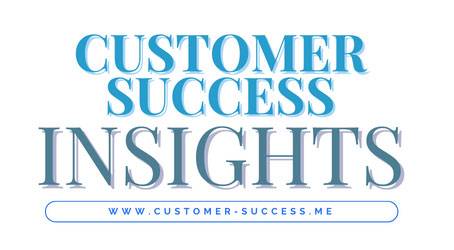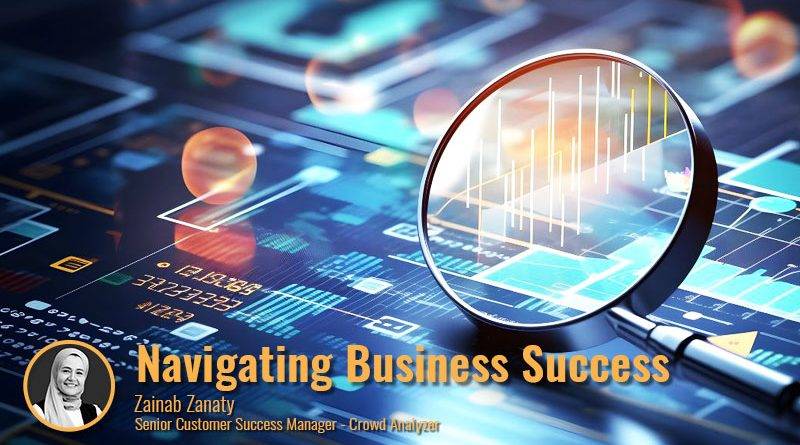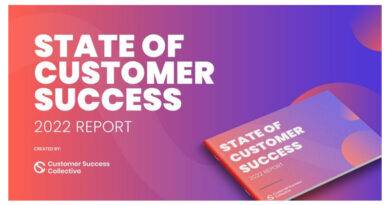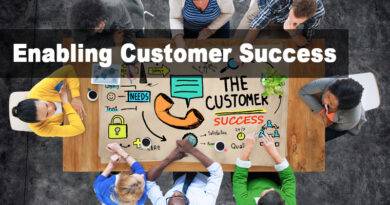Navigating Business Success
Navigating Business Success: The Essential Guide to Indicators, Factors, and Metrics
By: Zainab Zanaty
In today’s dynamic business environment, strategic planning and performance measurement are not just about navigating through current challenges but also about foreseeing future opportunities and threats. Understanding and leveraging various indicators and metrics can significantly enhance an organization’s ability to make informed decisions. This guide delves into the essence of Leading and Lagging Indicators, Critical Success Factors (CSFs), Key Risk Indicators (KRIs), and Key Performance Indicators (KPIs), providing a comprehensive framework for business success.
Table of Contents
Understanding Leading and Lagging Indicators
Leading Indicators are forward-looking metrics that predict future activities and performance levels. They are invaluable in strategic planning, offering insights into future trends and enabling organizations to prepare or adjust their strategies accordingly. Examples include market demand forecasts, website traffic, and new product inquiries, which signal upcoming trends.
Lagging Indicators, on the other hand, provide a retrospective view of performance, measuring outcomes after they have occurred. These indicators are crucial for evaluating the success of strategies and goals, encompassing metrics such as quarterly sales figures, customer satisfaction scores, and overall financial performance. The key to effective strategic management lies in balancing both types of indicators to align short-term actions with long-term objectives.
Critical Success Factors (CSFs)
CSFs are the essential elements that an organization needs to achieve its mission and objectives. They represent the specific conditions, tools, and skills required for success. Identifying CSFs involves understanding the key areas where things must go right for the business to flourish. For instance, a CSF for a technology company might be the continuous innovation of its product offerings, while for a service-oriented business, exceptional customer service could be critical. By focusing on these factors, companies can allocate resources and align initiatives to ensure they meet their strategic goals.
Key Risk Indicators (KRIs)
Risk management is an integral part of strategic planning, and KRIs play a pivotal role in identifying and assessing potential threats to business objectives. KRIs are categorized into financial, people, and operational risks:
Financial KRIs include factors like economic downturns and regulatory changes that can impact the financial health of the organization.
People KRIs address issues related to human resources, such as high staff turnover and low satisfaction levels, which can affect productivity and morale.
Operational KRIs involve operational challenges, including system failures and IT security breaches that can disrupt business processes.
By monitoring these indicators, businesses can anticipate risks and implement strategies to mitigate them, ensuring resilience and sustainability.
Key Performance Indicators (KPIs)
KPIs are metrics used to evaluate an organization’s success in achieving its key objectives. They provide a clear picture of performance across various aspects of the business. Common KPIs include revenue growth, profit margins, customer satisfaction levels, and market share. Effective use of KPIs involves setting specific, measurable, achievable, relevant, and time-bound (SMART) goals and regularly reviewing these metrics to track progress and make necessary adjustments.
Conclusion
The strategic integration of Leading and Lagging Indicators, CSFs, KRIs, and KPIs offers a robust framework for navigating business success. By understanding and applying these concepts, organizations can enhance their strategic planning, risk management, and performance measurement processes. This holistic approach ensures not only the achievement of current objectives but also the anticipation and preparation for future challenges and opportunities. As businesses continue to evolve in a complex and uncertain environment, adopting a comprehensive view of these strategic tools will be key to sustaining growth and achieving long-term success.
Author

Zainab Zanaty
Senior Customer Success Manager with a proven track record in managing customer relationships for SaaS products, specialize in crafting personalized strategies to ensure successful onboarding, user adoption, and overall customer satisfaction. Her hands-on experience extends to collaborating cross-functionally with sales, product, and support teams to align customer needs with product enhancements, ultimately fostering long-term partnerships.

Stay ahead of the game.
Sign up to the newsletter.
Get all the hottest customer success conversations and talking points landing in your inbox once a month, every month.




